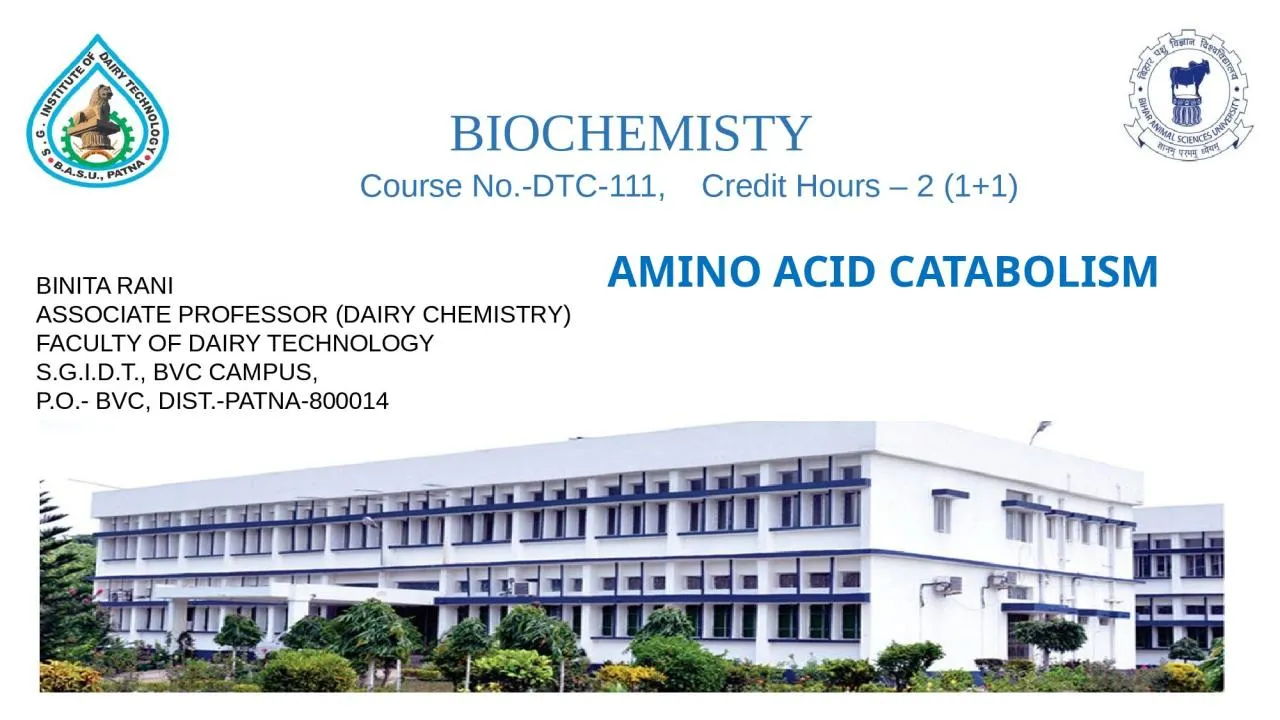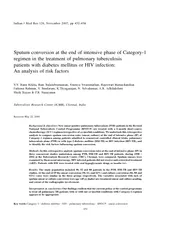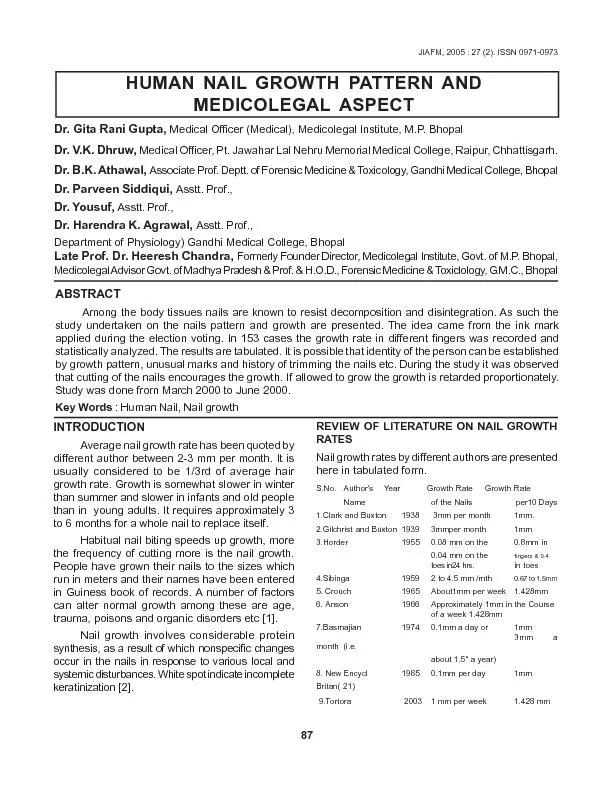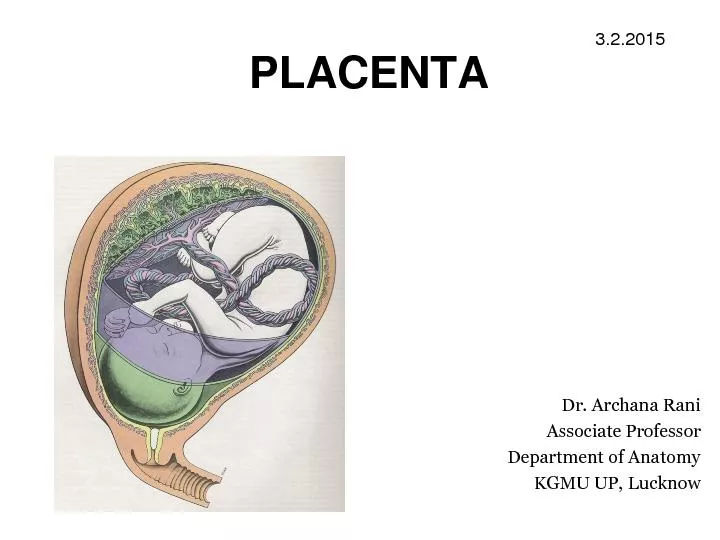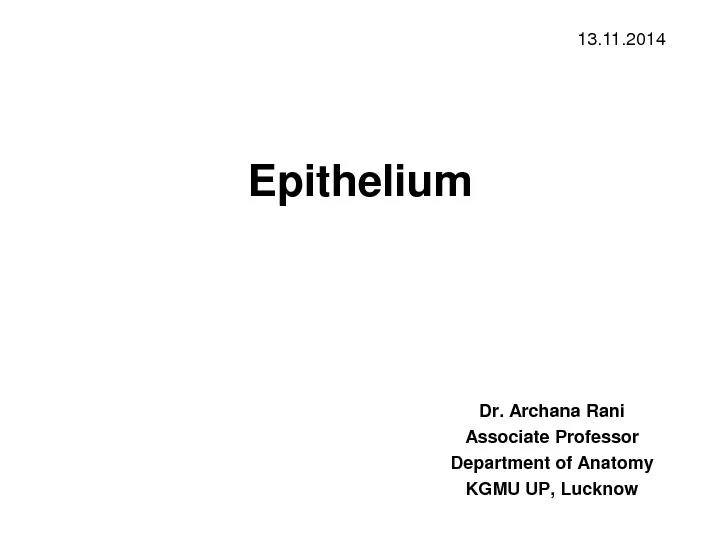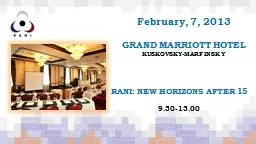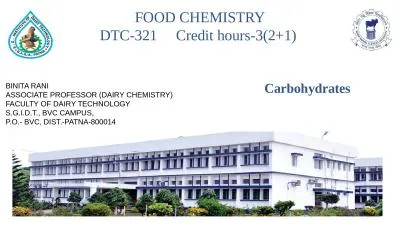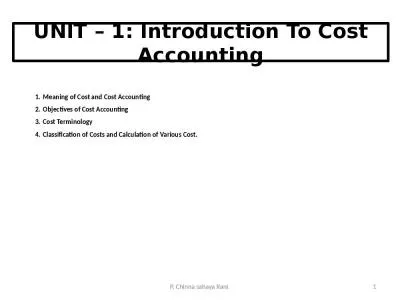PPT-BIOCHEMISTY BINITA RANI
Author : eddey | Published Date : 2022-06-07
ASSOCIATE PROFESSOR DAIRY CHEMISTRY FACULTY OF DAIRY TECHNOLOGY SGIDT BVC CAMPUS PO BVC DISTPATNA800014 AMINO ACID CATABOLISM Course NoDTC111 Credit Hours 2 11
Presentation Embed Code
Download Presentation
Download Presentation The PPT/PDF document "BIOCHEMISTY BINITA RANI" is the property of its rightful owner. Permission is granted to download and print the materials on this website for personal, non-commercial use only, and to display it on your personal computer provided you do not modify the materials and that you retain all copyright notices contained in the materials. By downloading content from our website, you accept the terms of this agreement.
BIOCHEMISTY BINITA RANI: Transcript
Download Rules Of Document
"BIOCHEMISTY BINITA RANI"The content belongs to its owner. You may download and print it for personal use, without modification, and keep all copyright notices. By downloading, you agree to these terms.
Related Documents

